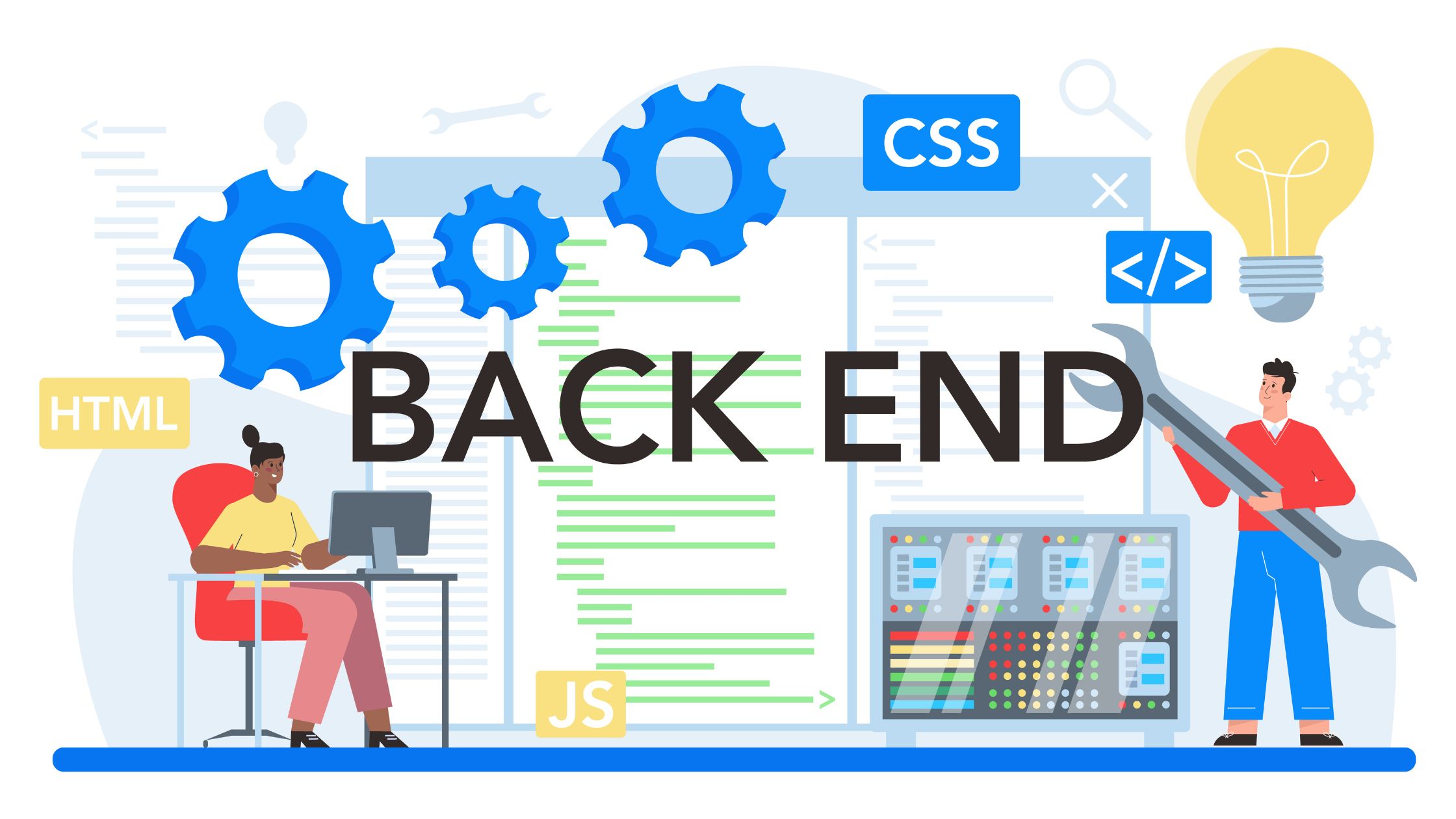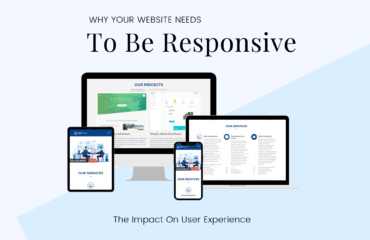
As your business grows, so does the demand on your backend services. An efficient backend is crucial for ensuring that your applications remain responsive, reliable, and scalable. In this blog post, we’ll explore some strategies for optimizing your backend services to handle client growth and improve overall performance.
Understanding Backend Services
Backend services are the invisible workhorses of your application. They handle data storage, processing, and communication with other services. When a user interacts with your application, it’s the backend that processes their requests and delivers the necessary data. As your client base grows, your backend must efficiently manage increased traffic and data processing demands.
Key Areas To Optimize In Backend Services
1. Database Optimization
Your database is often the most critical component of your backend. Here are some ways to optimize it:
- Indexing: Ensure that your database tables are properly indexed. Indexes improve the speed of data retrieval operations.
- Query Optimization: Analyze and optimize your database queries. Use tools like EXPLAIN in SQL to understand query performance.
- Caching: Implement caching strategies to store frequently accessed data in memory, reducing the load on your database.
2. Load Balancing
Load balancing distributes incoming network traffic across multiple servers. This helps ensure no single server becomes a bottleneck, improving both performance and reliability.
- Hardware Load Balancers: Physical devices that distribute traffic.
- Software Load Balancers: Programs like Nginx or HAProxy that run on servers to manage traffic distribution.
3. Caching
Caching involves storing copies of files or data in a temporary storage location to reduce access time.
- In-Memory Caching: Use tools like Redis or Memcached to store frequently accessed data in memory.
- Content Delivery Networks (CDNs): CDNs cache static assets like images, CSS, and JavaScript files on servers closer to the user, reducing latency.
4. Microservices Architecture
Microservices break down your application into smaller, independent services. This approach allows you to scale specific parts of your application without affecting others.
Service Isolation: Each microservice can be developed, deployed, and scaled independently.
Improved Fault Tolerance: If one service fails, others can continue to operate.
5. Asynchronous Processing
Handling tasks asynchronously can significantly improve performance, especially for operations that don’t need to be completed immediately.
Message Queues: Use tools like RabbitMQ or Apache Kafka to manage asynchronous tasks. This allows your application to handle high loads without waiting for each task to complete.
6. Monitoring And Logging
Monitoring and logging are essential for understanding the performance and health of your backend services.
- Monitoring Tools: Use tools like Prometheus, Grafana, or New Relic to monitor system performance, resource usage, and application metrics.
- Logging Tools: Implement logging solutions like ELK Stack (Elasticsearch, Logstash, Kibana) or Splunk to collect and analyse logs for troubleshooting and performance tuning.
7. Scaling
Scaling is the process of enhancing a system’s ability to handle increasing amounts of work or its potential to be enlarged to accommodate that growth. It involves both vertical scaling (adding more power to an existing machine) and horizontal scaling (adding more machines to a system).
- Horizontal Scaling: Adding more servers to handle increased load. This is typically more cost-effective and offers better fault tolerance.
- Vertical Scaling: Adding more resources (CPU, RAM) to an existing server. While simpler, it has physical limitations and can become expensive.
8. Automation
Automate as much as possible to ensure smooth scaling and efficient resource management.
- Infrastructure as Code (IaC): Use tools like Terraform or AWS CloudFormation to manage your infrastructure through code.
- CI/CD Pipelines: Implement Continuous Integration and Continuous Deployment pipelines to automate testing and deployment.
Use Case : E-Commerce Platform
An e-commerce platform initially serves a small user base with a monolithic architecture. The backend services are hosted on a single server, handling tasks such as user authentication, product catalog management, order processing, and payment handling.
As the platform gains popularity, the number of concurrent users increases significantly. This growth leads to performance issues, such as slow page load times, timeouts during checkout, and frequent server crashes. To handle the growing client growth and improve performance, the backend services need optimization.
Steps For Optimization Backend Services
1. Load Balancing
- Problem: Single server can’t handle increased traffic.
- Solution: Implement a load balancer to distribute incoming requests across multiple servers. This reduces the load on any single server and provides redundancy.
- Example: Use AWS Elastic Load Balancing (ELB) to automatically distribute incoming application traffic across multiple Amazon EC2 instances.
2. Microservices Architecture
- Problem: Monolithic architecture causes bottlenecks and makes scaling difficult.
- Solution: Break down the monolithic application into microservices. Each microservice handles a specific functionality (e.g., user authentication, product catalog, order processing).
- Example: Split the e-commerce platform into services like User Service, Product Service, Order Service, and Payment Service. Deploy each service independently.
3. Database Optimization
- Problem: Increased read/write operations cause database bottlenecks.
- Solution: Optimize database queries, use indexing, and implement caching strategies. Consider database sharding or replication to distribute the load.
- Example: Use Redis for caching frequently accessed data like product details. Implement read replicas for the primary database to handle read-heavy operations.
4. Horizontal Scaling
- Problem: Single instances of services are insufficient for handling high traffic.
- Solution: Deploy multiple instances of each microservice and use the load balancer to distribute traffic.
- Example: Use Kubernetes or Docker Swarm to orchestrate and scale microservice instances dynamically based on traffic.
5. Content Delivery Network (CDN)
- Problem: Slow content delivery for users located far from the server.
- Solution: Use a CDN to cache and deliver static content (e.g., images, CSS, JavaScript) from edge locations closer to users.
- Example: Integrate with a CDN provider like Cloudflare or Amazon CloudFront to serve static content quickly.
6. Asynchronous Processing
- Problem: Synchronous operations lead to delays in user experience.
- Solution: Use message queues and background workers for tasks that do not need immediate processing (e.g., sending emails, generating reports).
- Example: Use RabbitMQ or AWS SQS for message queuing and AWS Lambda or Celery for background task processing.
7. Monitoring And Autoscaling
- Problem: Inability to react to sudden traffic spikes.
- Solution: Implement monitoring tools to track performance metrics and set up auto scaling policies.
- Example: Use Prometheus and Grafana for monitoring and AWS Auto Scaling to automatically adjust the number of EC2 instances based on CPU utilization or request count.
By implementing these optimization strategies, the e-commerce platform can handle increased client growth efficiently. Improved load distribution, database performance, and content delivery result in faster response times and a better user experience. Additionally, the platform is now more resilient to traffic spikes and can scale automatically to meet demand.
Conclusion
Optimizing your backend services is crucial for handling client growth and maintaining performance. By focusing on database optimization, load balancing, caching, microservices, asynchronous processing, and proper monitoring, you can ensure your backend is robust, scalable, and ready to meet the demands of a growing user base. The key to effective backend optimization is continuous monitoring and iterative improvements. Start small, measure the impact, and gradually implement more advanced strategies as your needs grow.
Enhance your backend services with AlgoRythm Solutions. From scalable architecture to performance optimization, we ensure your system handles client growth seamlessly. Ready to elevate your performance? Partner with AlgoRythm Solutions and grow your business with confidence.


